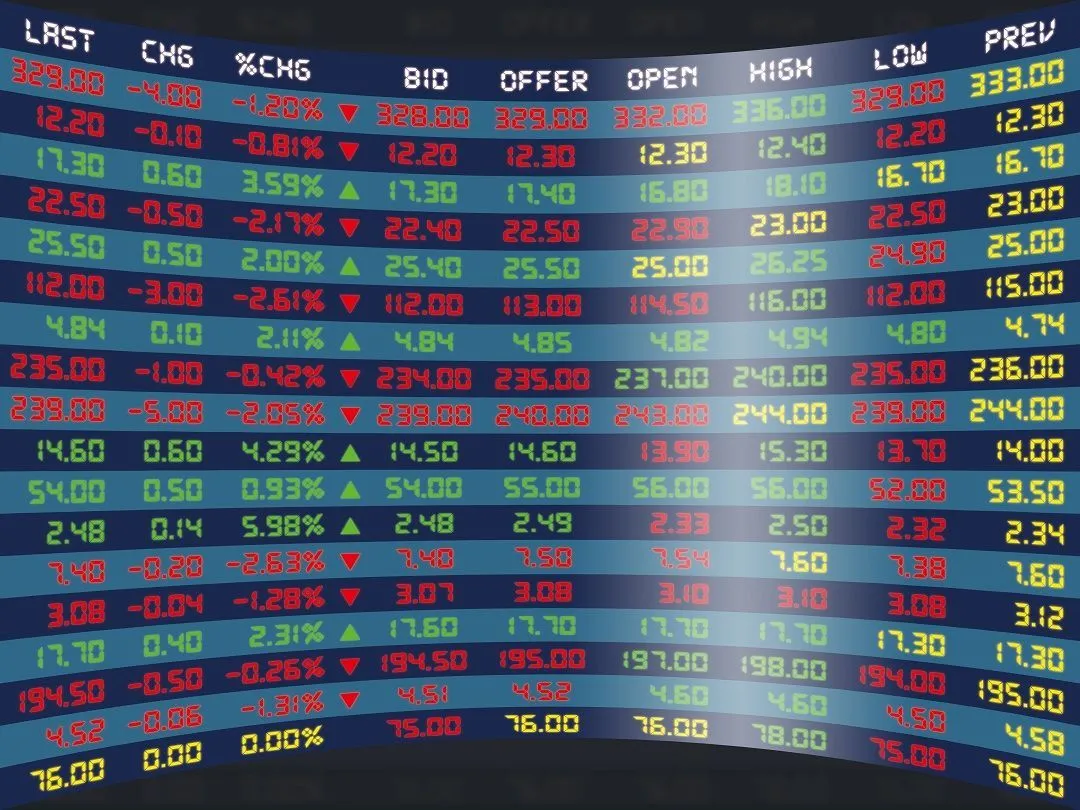What Are Indices?
If you’ve ever wondered how market trends and trader sentiment are tracked, then this article is for you. Indices are powerful tools that allow traders to measure these factors and gain insight into the broader market movements.
In this article, we will break down what stock market indices are, how they’re calculated, and how traders can use them to enhance their trading strategies.
What Is a Stock Market Index?
Stock market indices are widely used by traders and investors to track the overall performance of a sector or the market as a whole. These indices first appeared in 1884 and have remained integral to market analysis ever since. Essentially, a market index is a collection of stocks grouped together to reflect the performance of a specific industry, sector, or even the entire market. Traders and investors use these indices to gauge market trends and make more informed decisions.
For example, the Nasdaq Composite Index is primarily focused on tracking technology companies. Traders often look at it to assess the performance of the tech sector. Similarly, the S&P 500 (USA), DAX 40 (Germany), and FTSE 100 (UK) are examples of indices made up of the largest companies in each country based on market capitalization. By following an index, traders can observe the collective movements of multiple stocks, which helps them make predictions about market behavior and investment opportunities.
How Are Stock Market Indices Calculated?
The calculation of stock market indices involves several factors and follows a specific methodology, depending on the type of index. Generally, indices are weighted based on market capitalization, meaning companies with larger market values have a greater influence on the index’s movement. However, the exact structure can vary.
To ensure accuracy and reliability, exchanges require companies to meet rigorous standards for financial reporting and public disclosure. Leading organizations like Standard & Poor’s (S&P), Xetra, and the Financial Times Stock Exchange Group (FTSE) audit these reports to assess the financial health of publicly traded companies.
For instance, the FTSE 100 includes the top 100 companies on the London Stock Exchange by market capitalization. The market cap of each company within the index determines its weight, meaning larger companies have a greater impact on the index’s performance.
Can I Profit from Index Trading?
Stock indices are constantly fluctuating. Since indices aggregate the performance of many companies, they act as valuable indicators for overall market or sector health. Traders can profit by predicting the movements of indices, either by taking long (buy) or short (sell) positions.
For example, if you anticipate a positive announcement from a company like Netflix, which may boost the entire tech sector, you could open a Buy position on the PFD Markets US-Tech 100 Index. If the index increases, you can close your position and pocket the profit. Conversely, if the index falls, you’ll incur a loss upon closing your position.
If you predict a negative impact on an index, you can open a Sell position. If the index falls as expected, you can close your position and earn a profit from the difference. However, if the index rises instead, you’ll face a loss.
Benefits of Trading Indices
The popularity of stock indices lies in their versatility and the range of benefits they offer to traders. Here are some key advantages of trading CFDs on stock indices:
- Lower Initial Margin with Higher Leverage: Trading CFDs on indices requires less capital upfront compared to trading individual stocks. This allows you to gain exposure to multiple sectors or countries with lower margin requirements.
- Potential for Profit in Both Bull and Bear Markets: CFDs allow traders to take advantage of both upward and downward market movements, depending on whether they go long or short.
- Greater Market Exposure: Rather than buying individual stocks, trading indices allows you to speculate on a basket of stocks, diversifying your portfolio and increasing your exposure to different market assets.
- Efficient Hedging: CFDs on indices make it easier to hedge your existing portfolio. Unlike traditional methods, which involve purchasing individual stocks, CFDs offer a more straightforward and cost-efficient way to protect against market downturns.
- Diversification of Risk: By trading indices, you’re spreading your risk across a variety of stocks, giving you a broader view of market performance and reducing reliance on the performance of a single company.
However, it’s important to note that indices can be calculated differently depending on the methodology. Some indices are price-weighted, while others are market-cap-weighted, leading to potential discrepancies in how companies within the same index are valued. Additionally, while trading CFDs with leverage can amplify your profits, it can also significantly increase your potential losses.
In summary, index trading offers traders a broad range of opportunities to profit from market movements. It provides a more diversified and strategic way to approach market analysis and can be an effective tool for managing risk and exposure.










